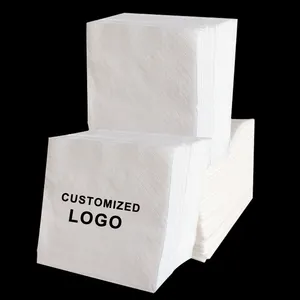Giới thiệu về khăn ăn vệ sinh friss
Alibaba.com cung cấp các sản phẩm 82 khăn ăn vệ sinh friss. Có rất nhiều khăn ăn vệ sinh friss lựa chọn dành cho bạn, chẳng hạn như dùng một lần, thoáng khí, và thấm. Bạn cũng có thể chọn từ bông, pe, và tre khăn ăn vệ sinh friss. Cũng như từ ngày, ban đêm khăn ăn vệ sinh friss.Và bất kể khăn ăn vệ sinh friss là cánh, không cánh.
















